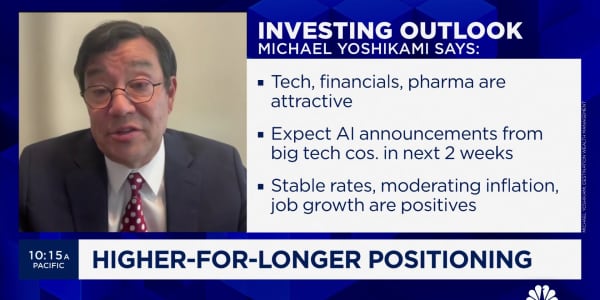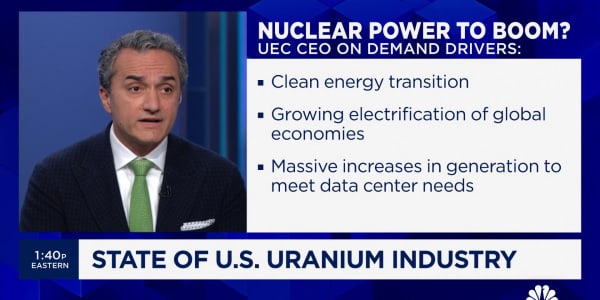I recently spoke with a Texas Rancher who told me he was already feeding his cattle his Winter Hay. I don't know about you but when it's the beginning of August and you're already through your winter feed supply, that's a story to me. I decided to call my contacts on Wall Street and see what this could mean for consumers and investors.
The reason for all of this is the record heat blazing down on the southern plains. There are two kinds of cow folk, if you will.
"Feeders" — farmers that operate feed lots and plump up 400-500 pound calves and feed them until they are "finished" — meaning within 4 months, these calves are around 1250 pounds and are ready for slaughter. A feeder contractat the CME is based on a 750 pound steer.
On the other side of the beef coin are the "backgrounders", the cow calf guys who buy cows, breed livestock and are responsible for cattle supplies in the US. What's happening is that the backgrounders are running low on feed and they are faced with two options — buying hay outside of their state in Illinois for a premium, or selling their cattle to the feeders for a price. By the looks of it, the backgrounders are selling their livestock to the feeders.
What grain analysts like Mike Zuzolo, President and analyst for Global Commodity Analytics & Consulting, tell me is that the 2012 Wheat crop will be key to the future of the size of the nation's cattle herd.
"The crop will be planted in early September. If the rains don't provide the necessary soil moisture for a good crop and grazing the cattlemen are used to in the Spring of 2012, it could lead to more cattle going to slaughter," Zuzolo said. "We are seeing a liquidation of the cow/calf in the pasture feed market. It is four percent higher than a year ago. In the next six months you can see that number push higher. They need their wheat crop. In the next 30 to 45 days look for a another round of cattle liquidation out in the southern plains if the wheat crop does not give these farmers a grazeable crop."
The most recent snapshot of the Beef Cow Inventory taken by the USDA was July first and the number of cattle and calves was 31.4 million head. This is the lowest July first Beef Cow Inventory number in at least 38 years. And the supply of cattle to re-build the nation's herd is at a generational and historical low. The USDA estimates the July first calves under 500 pounds this year was at 27.2 million Head.
This too would be the lowest level since at least 1973.
So what does this mean for investors and consumers? Over the short term, analysts tell me the high influx of beef product will deflate the price of beef. But over the medium term, cattle beef supplies are falling which will translate into tight domestic supplies by mid 2012.
"The interesting thing happening in mid 2012 is that there will be no meat substitution. Pork, chicken and beef will all be around the same price at the grocery because supply across the board is tightening due to higher feed prices," Zuzolo said.
On the retail side, there will be more hides and tallow. Brian Sozzi, Retail Analyst over at Wall Street Strategies, says the increase in skins and tallow could mean “minor, but much welcomed, input cost relief” for the leather and candle industries.
“After a year of getting whipped like a disobedient steer by suppliers demanding price increases, anytime a retailer/manufacturer could find savings from domestic sources it’s great for the bottom line. As an investor, it’s tricky to tap into the short-term market imbalance given that most companies source from overseas, but even incremental savings add up after a quarter or two. For consumers, it’s a short-term win by way of more attainable protein prices, but a long-term thumbs down as dwindling cattle supply/size of the final product creates scarcity that sends prices back up," Sozzi said.
I guess depending on which side of the trade you're on, either you're doing a rain dance, or you're not.
Questions? Comments? Email us at
Follow on Twitter @ twitter.com/loriannlarocco
Follow NetNet on Twitter @ twitter.com/CNBCnetnet
Facebook us @
A Senior Talent Producer at CNBC, and author of "Thriving in the New Economy:Lessons from Today's Top Business Minds."







